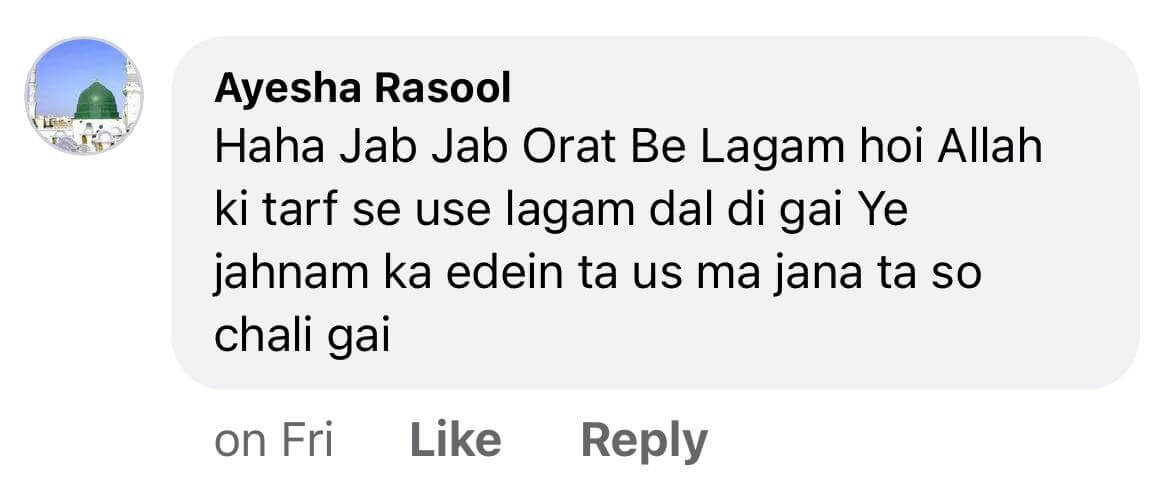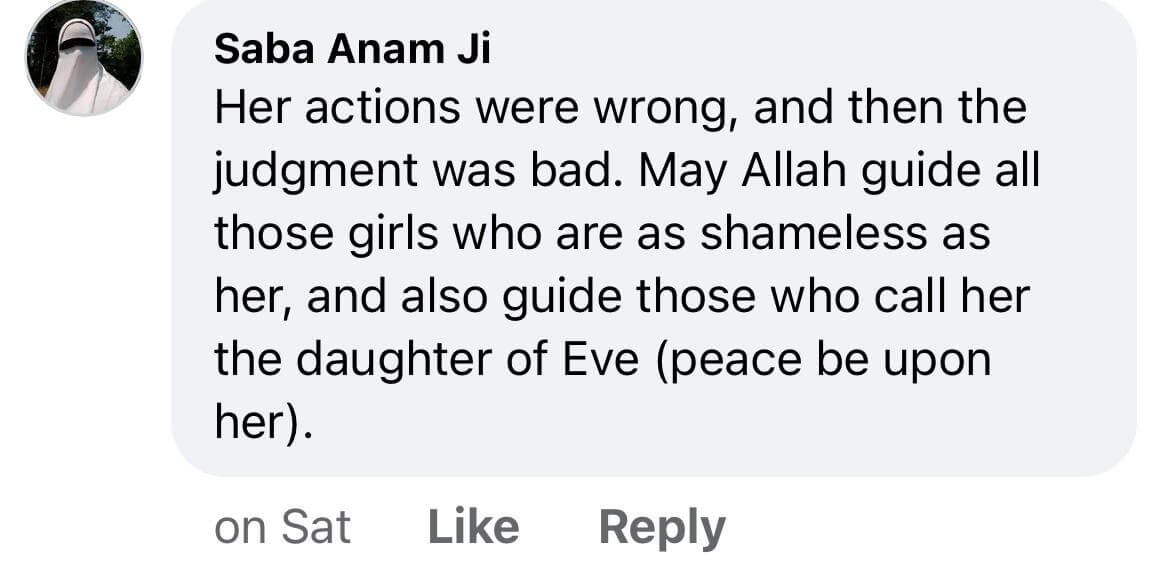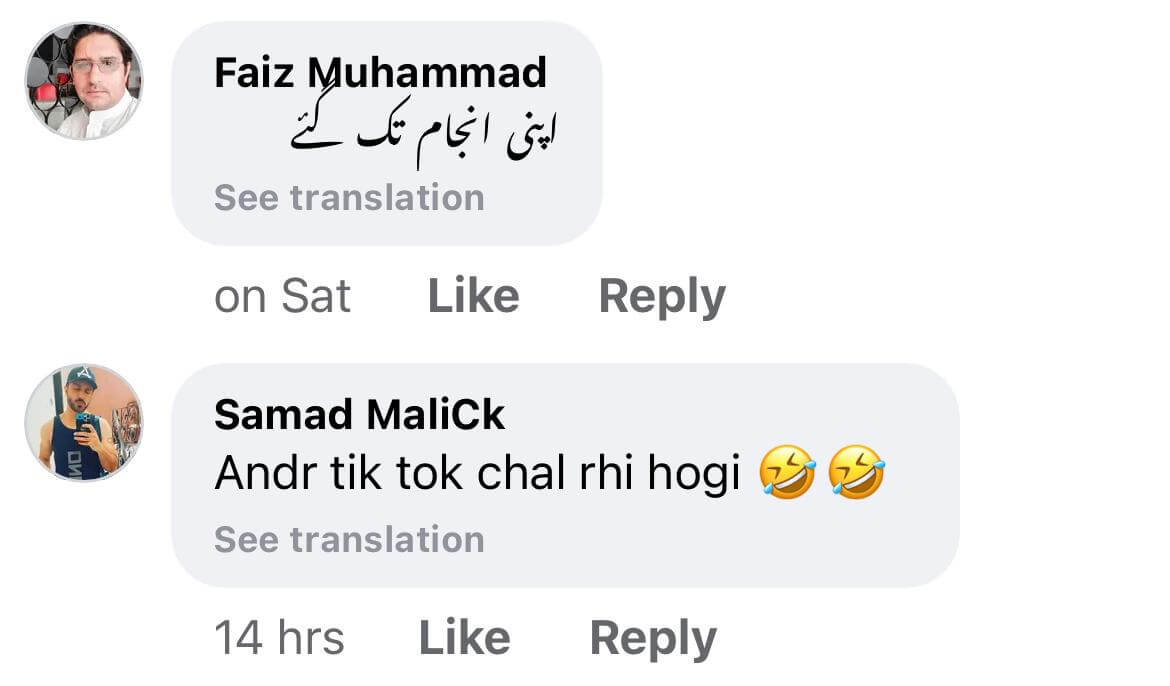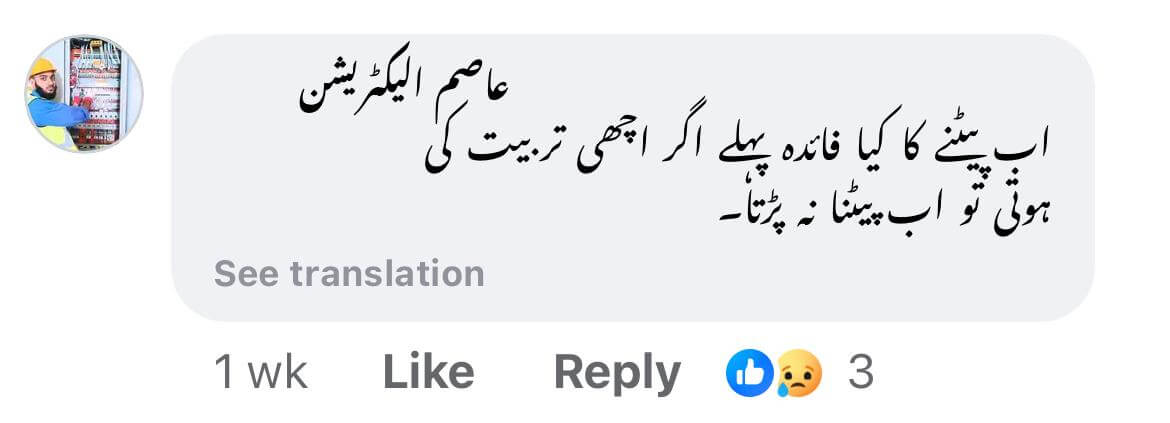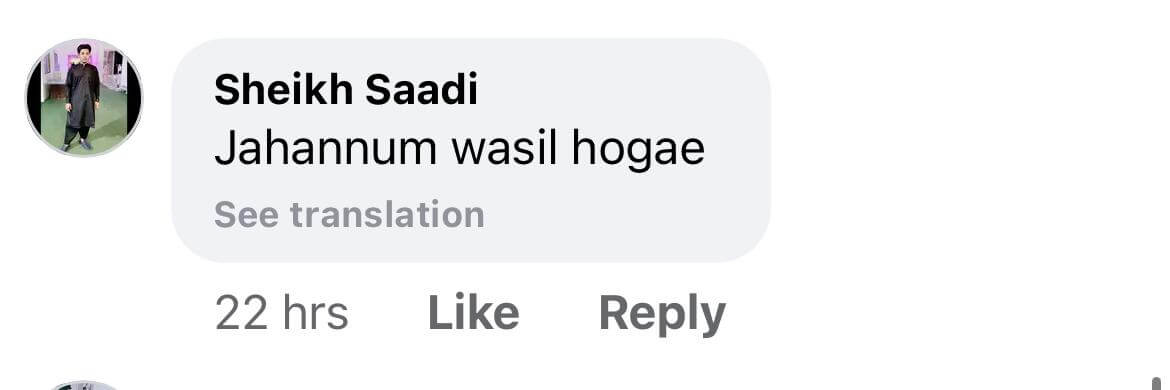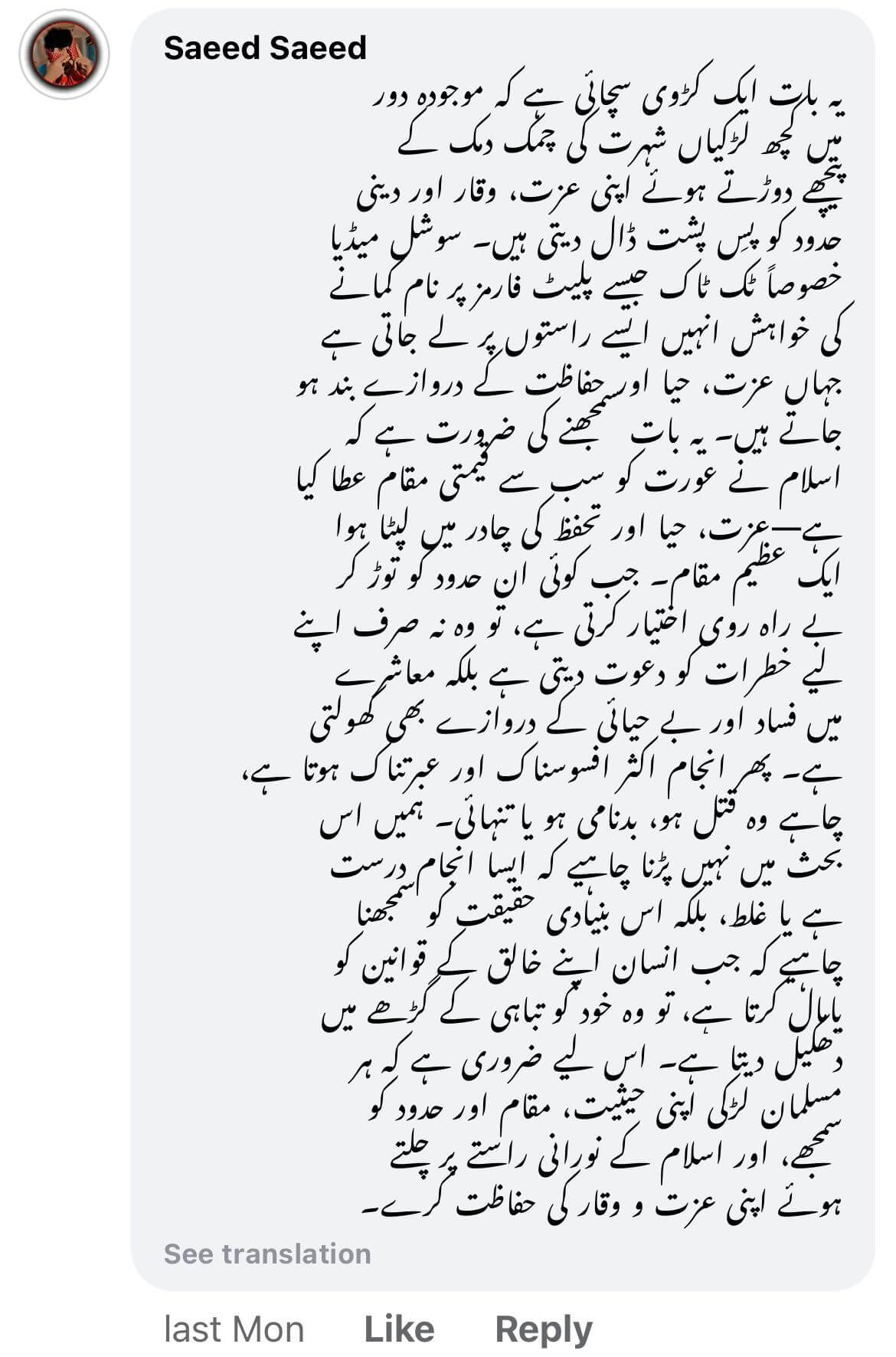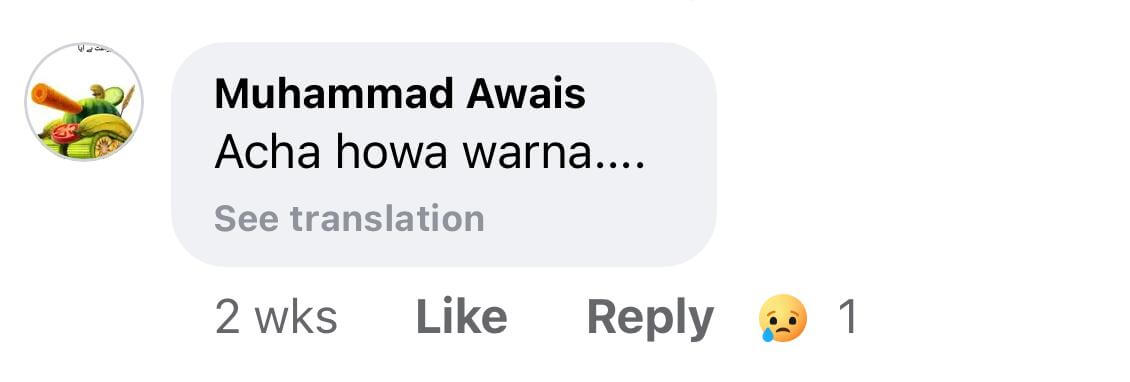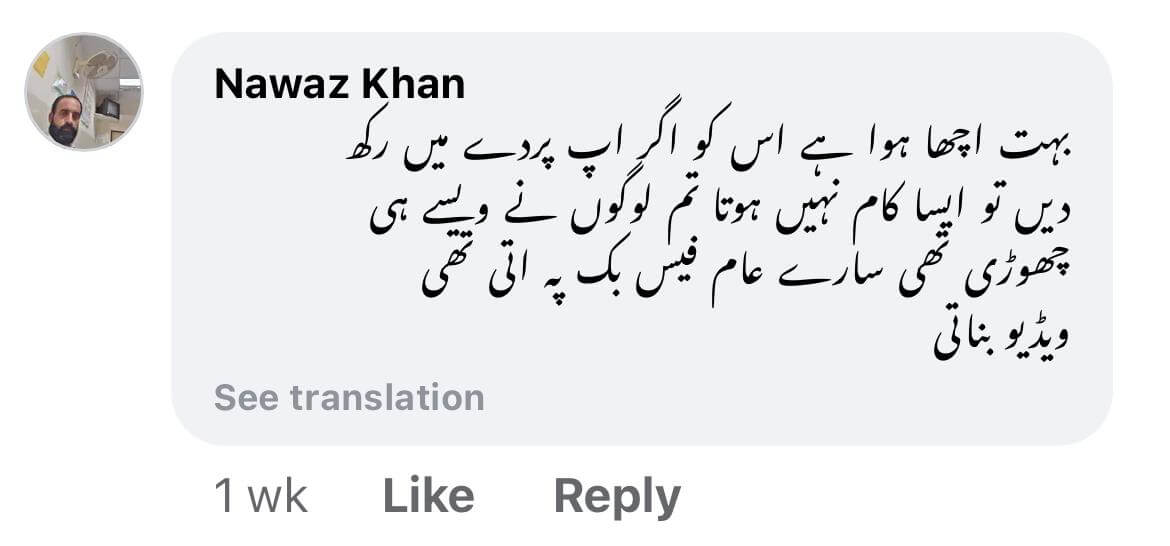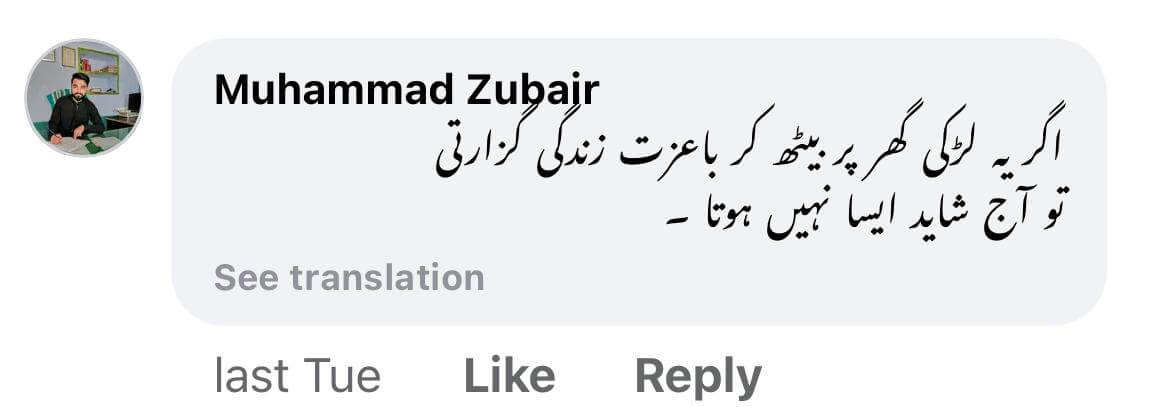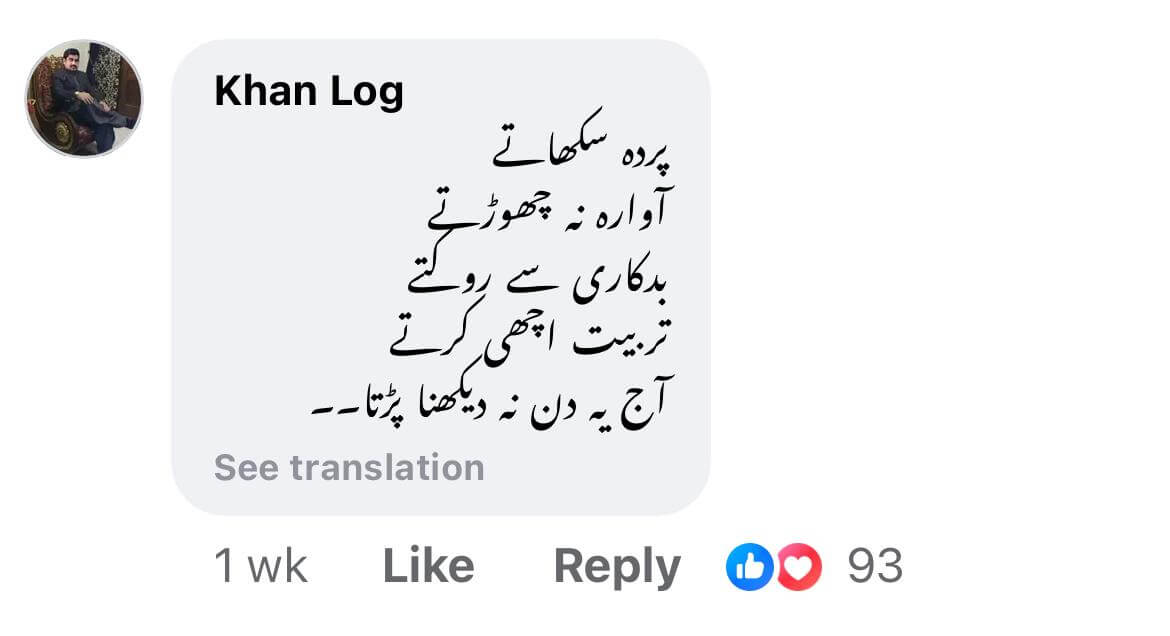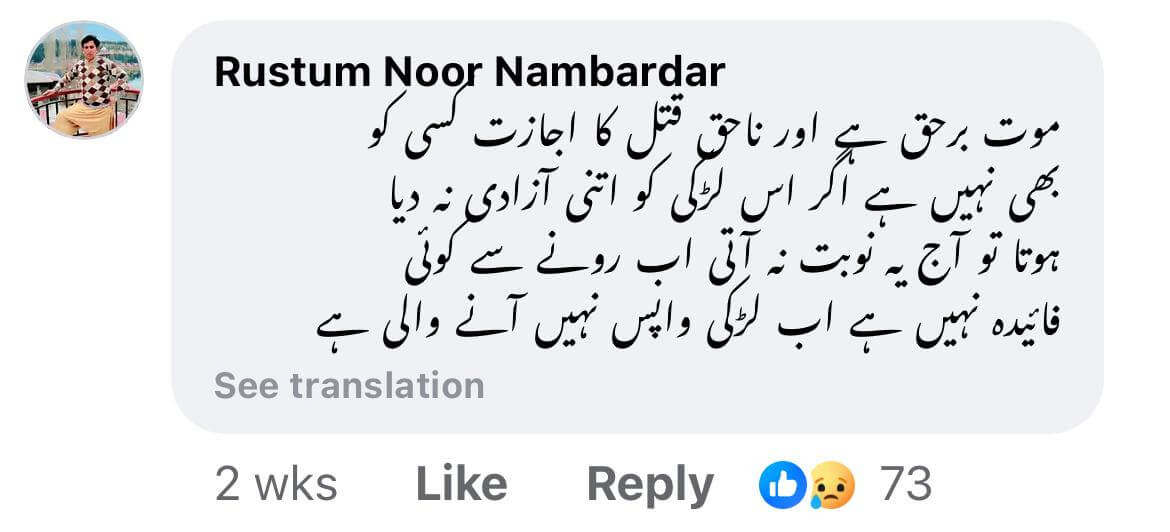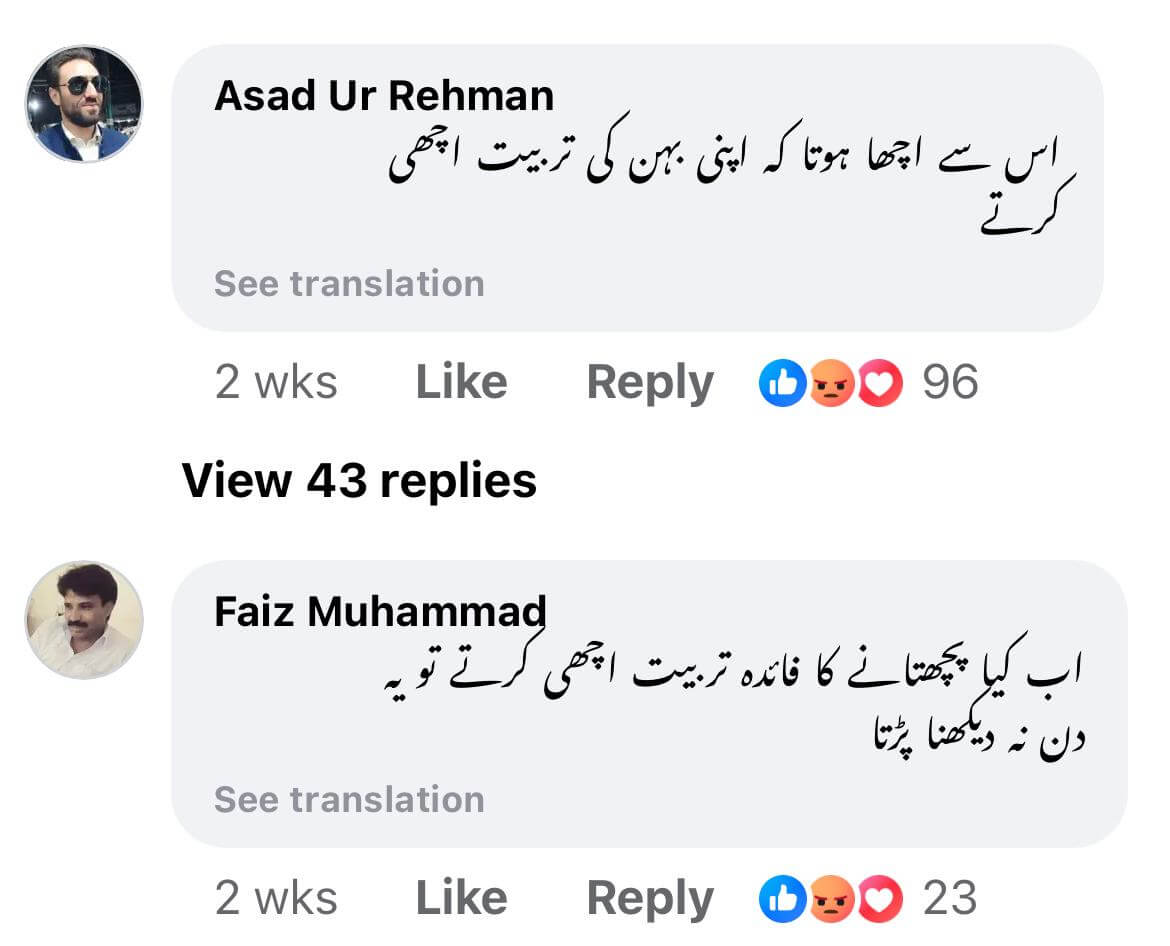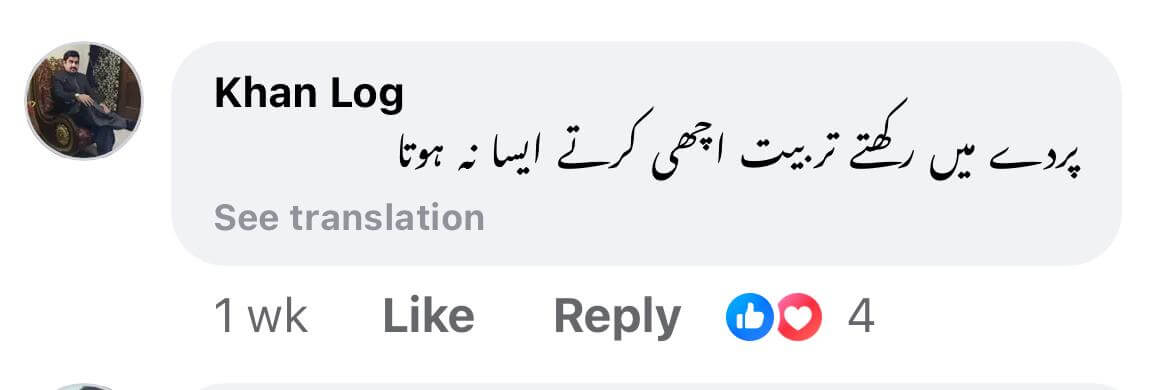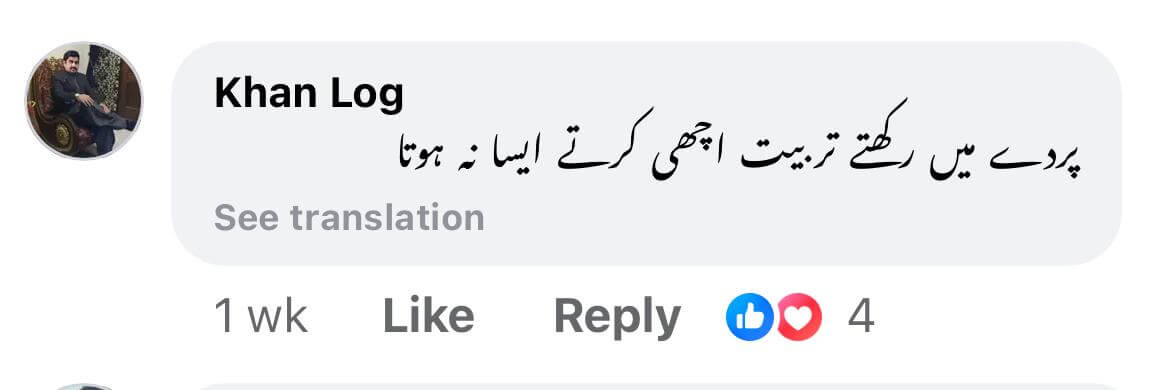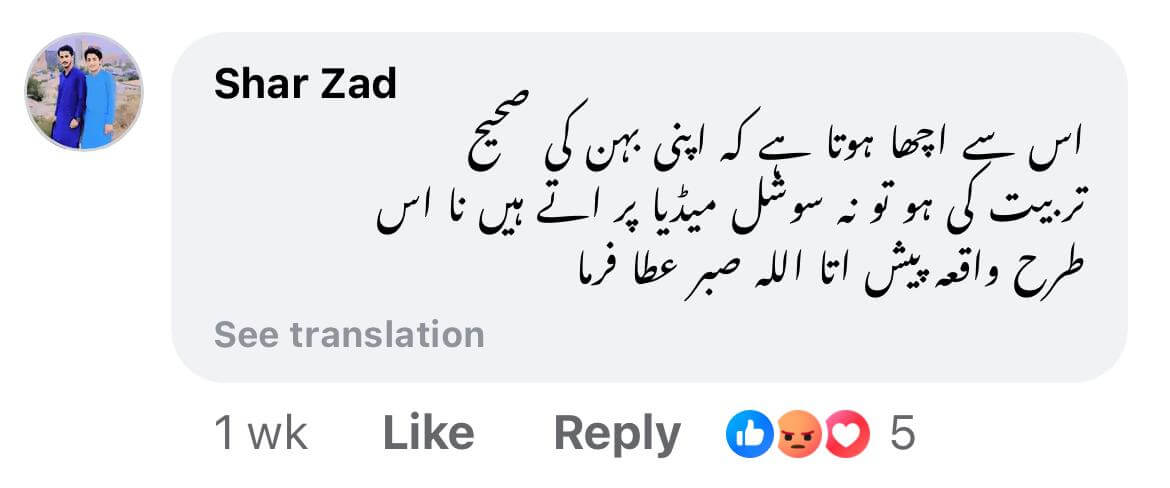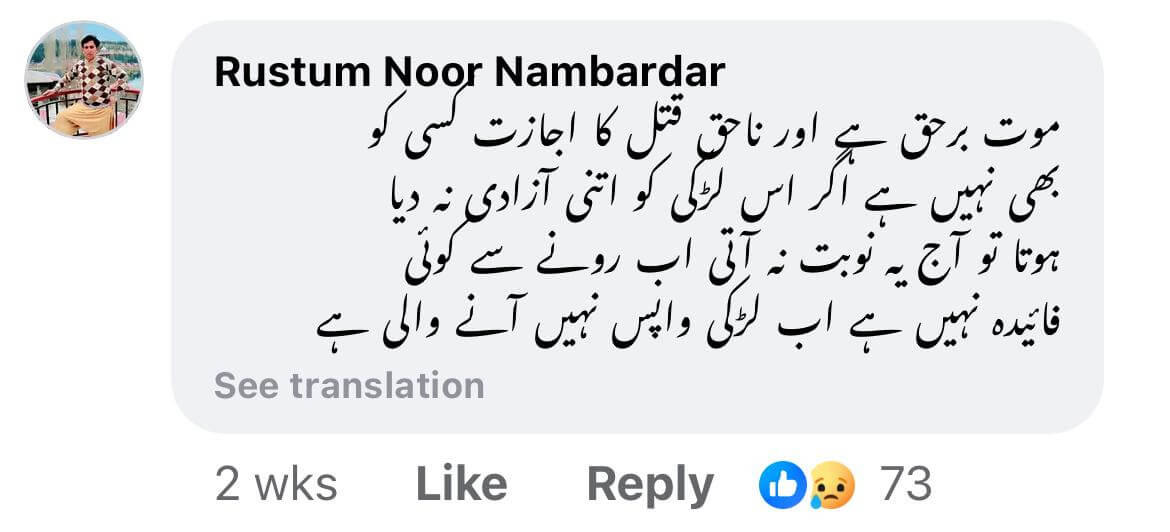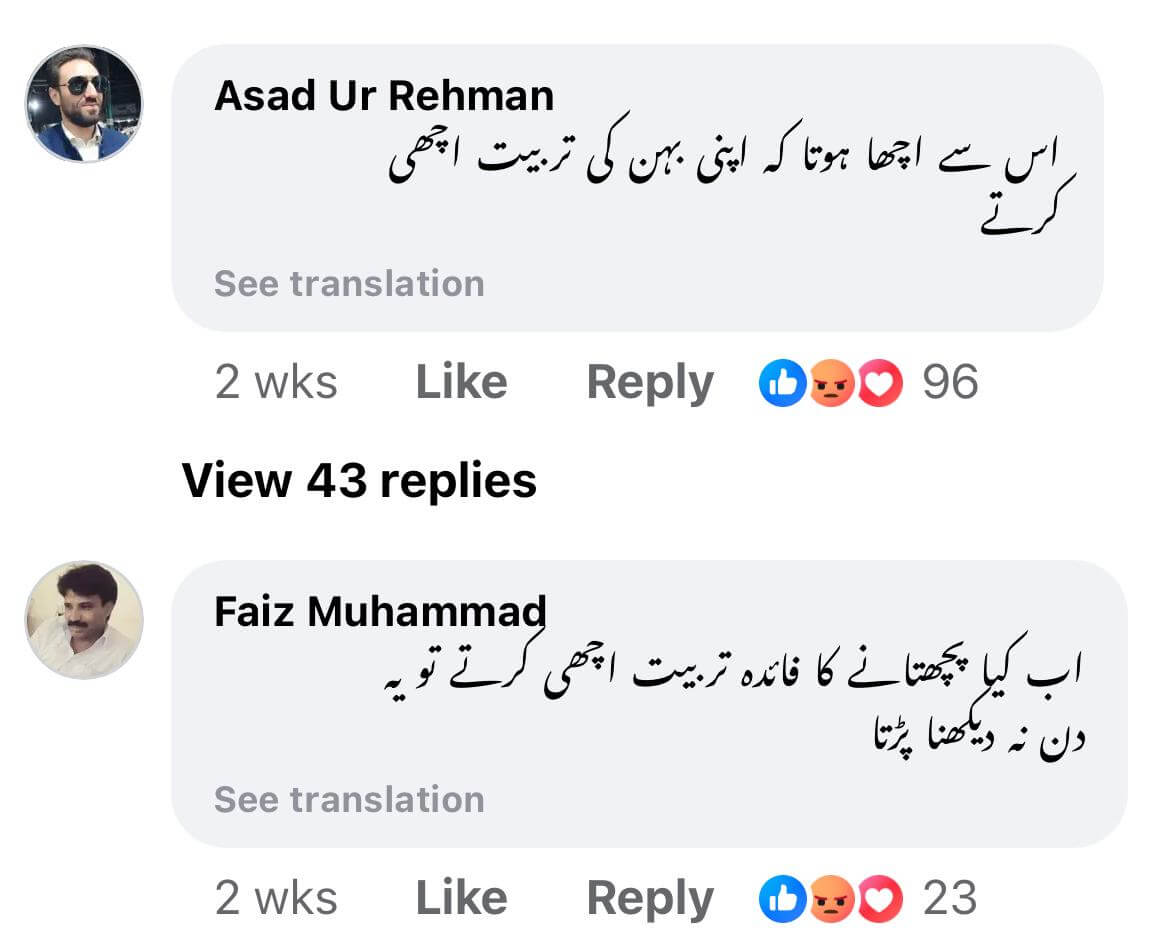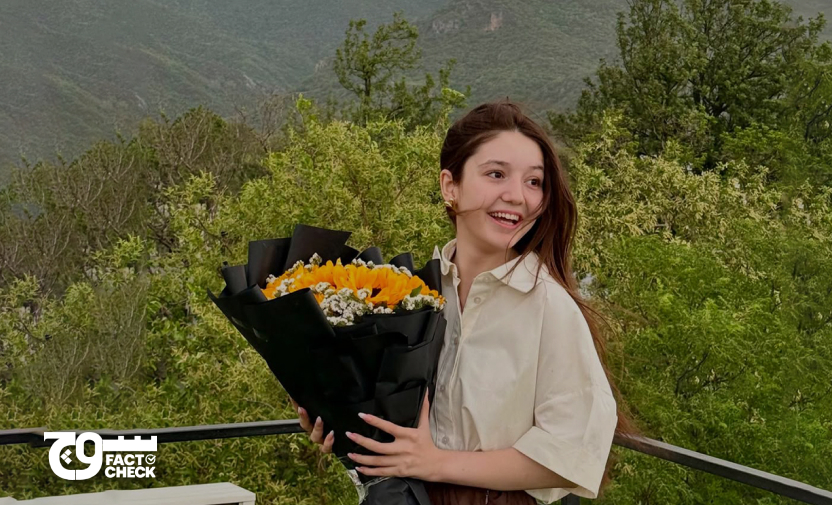
Sana Yousaf, a 17-year-old social media influencer from Chitral, known for her popular content on TikTok and Instagram, was shot dead by a 22 year-old man named Umar Hayat earlier this month. The accused, who confessed to the murder soon after his arrest, broke into Yousaf’s home in Islamabad on 2 June 2025 and shot her twice in the chest, according to police.
A First Information Report (FIR), filed by her mother, stated that the attacker entered Sana Yousaf’s house and shot her at around 5 pm. The teenage TikTok star tragically succumbed to her injuries before she could be taken to the hospital.
In the wake of her killing, a barrage of misinformation and disinformation flooded Pakistani social media, misrepresenting the circumstances of her murder. Many speculated that Sana Yousaf’s murder was an “honour killing” carried out by a family member. False claims, ranging from allegations that her father had killed her for honour to rumours that a cousin had murdered her for rejecting a marriage proposal, went viral on social media platforms.
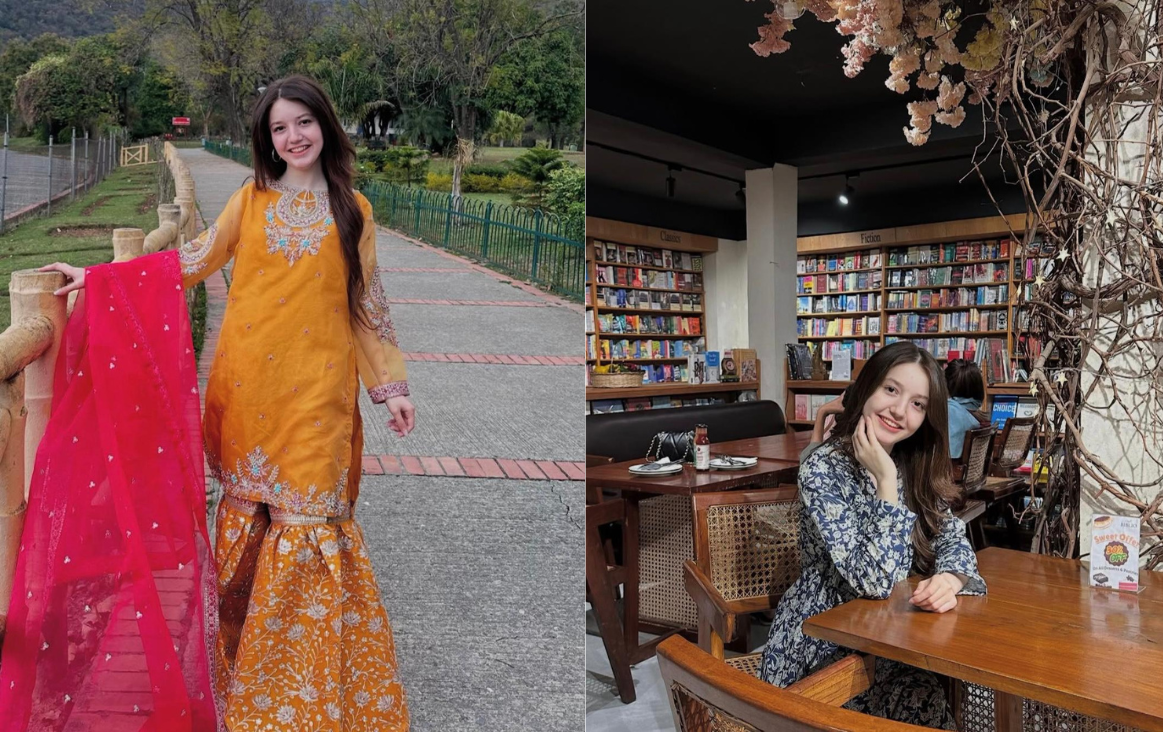
Alongside this, scores of users posted misogynistic and dehumanising comments celebrating her death, blaming her for it, and accusing her parents of poor upbringing.
The speed and ease with which these narratives spread reveal much about how harshly women, especially those with public visibility, are viewed and judged in Pakistan. The speculation wasn’t based on facts but on cultural assumptions about women’s morality, honour, and visibility.
Misinformation and false claims
A barrage of false and misleading claims quickly went viral. Users shared unrelated or doctored clips claiming to show Yousaf’s final moments, her dead body, or footage from an operating theatre. Many of these clips were graphic and unverified, further sensationalising an already tragic event. Other users spread misinformation about her family, their identities, and details of her funeral.
Soch Fact Check investigated and debunked several of these viral claims:
Police deny viral claim that Sana Yousaf’s cousin was the murderer
Shortly after Yousaf’s killing, social media posts alleged that the prime suspect, Umar Hayat, was her cousin. However, Islamabad police confirmed that Hayat, a 22-year-old resident of Faisalabad, was not related to Yousaf. This was also consistent across major news reports, none of which mentioned any familial link between the victim and the accused. Soch Fact Check verified these details by reviewing local and international coverage and directly contacting Islamabad police.
Video falsely claims to show man accused in Sana Yousaf’s murder
One widely circulated video falsely claimed to show the prime suspect climbing over a wall and breaking into her home. However, official CCTV footage released by Islamabad police, and shared by local media, contradicted this claim. Soch Fact Check verified that the viral clip was unrelated to the case.
Video does not show Sana Yousaf’s funeral
A viral video claiming to show Sana Yousaf’s mother and other women mourning at her funeral is false. Soch Fact Check traced the video back to 28 May 2025, which appeared in connection to a different individual. Moreover, the woman in the video did not match Yousaf’s mother, whom she had previously featured in an Instagram post.
Video falsely linked to Sana Yousaf’s brother
A widely shared video falsely claimed to show Sana Yousaf’s brother grieving at her grave. Our investigation found that the footage was first posted online on 11 May 2025, nearly three weeks before Yousaf’s murder, and referenced a different individual named Ali Zain Bukhari. Additionally, the man in the video appeared much older than Yousaf’s 15 year-old brother, as confirmed by both her father and her past social media posts.
The cost of being seen
Sana Yousaf was not just a teenager navigating life online — she was emblematic of a generation of young Pakistani women claiming public spaces, particularly on platforms like TikTok and Instagram. Unfortunately, women’s visibility on public platforms invites hostility and misogynistic reactions worldwide. Sana Yousaf’s murder in particular exposes a pattern of gendered violence and public shaming of women in the public eye in Pakistan.
Pakistan has long struggled with violence against women in both private and public spheres. According to the Pakistan Demographic and Health Survey 2017-18, approximately 28% of women aged 15-49 have experienced physical violence since age 15, and 6% have experienced sexual violence. According to the Ministry of Human Rights, between 2020 and 2023, 63,000 cases of gender-based violence were reported. Of these 80% were related to domestic violence. These figures are likely underreported due to stigma and fear.
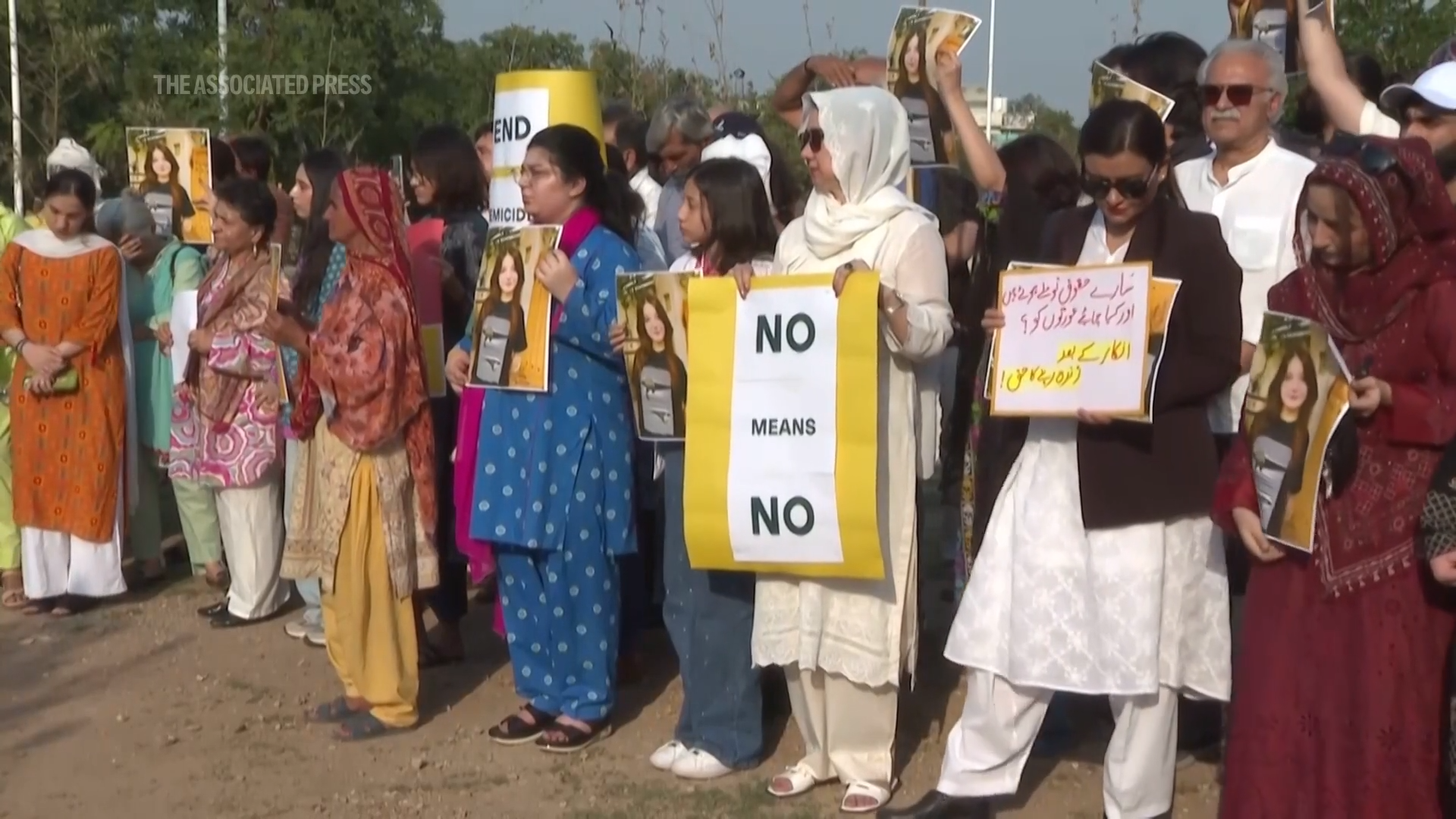
In Sana’s case, what’s especially disturbing is not just the cold-blooded murder, but the posthumous exploitation of her image. Misinformation spread rapidly, erasing the human tragedy and reducing it to a viral spectacle. Her digital legacy was co-opted by social media users compounding her family’s trauma and distracting from the call for justice.
A digital battlefield
In Pakistan, women in the public eye regularly face threats and harassment both online and offline. According to the Digital Rights Foundation’s (DRF) 2022 Cyber Harassment Helpline report, 58.6% of complainants were women, with most cases involving blackmail, impersonation, and the non-consensual sharing of images often through platforms like Facebook and WhatsApp. In 2023, the helpline recorded 2,473 complaints, and DRF flagged a troubling rise in the use of AI-generated content as a tool of harassment and disinformation, particularly targeting women in the public eye.
Soch Fact Check itself has debunked multiple deepfakes of prominent Pakistani women. These fabricated images and videos are designed to shame, discredit and endanger their safety. Such forms of digital abuse disproportionately target women, who are more likely to face heightened scrutiny, character assasination, and reputational damage.
Human rights activist Dr Farzana Bari contextualised Sana’s murder as a symptom of a deeply patriarchal society, “Every day, women are killed simply for being women… When will it end?”
Aseefa Bhutto-Zardari, First Lady and MNA, also condemned the incident, urging that girls must not be silenced out of fear, “No woman should have to live in fear for her life simply because she dares to be visible.”
Conclusion:
Beyond the crime itself, the propagation of falsehoods about Sana’s death reflects a disturbing trend: misinformation as a tool of distraction, where spectacle overrides justice. Instead of confronting systemic misogyny, society prefers to consume a dramatised version of the truth. We owe it to victims like Sana Yousaf, and many others whose stories never make it to the headlines, to not only fact-check the unverified, biased claims circulating about women, but to address the culture of impunity and gendered violence that fuels them.



